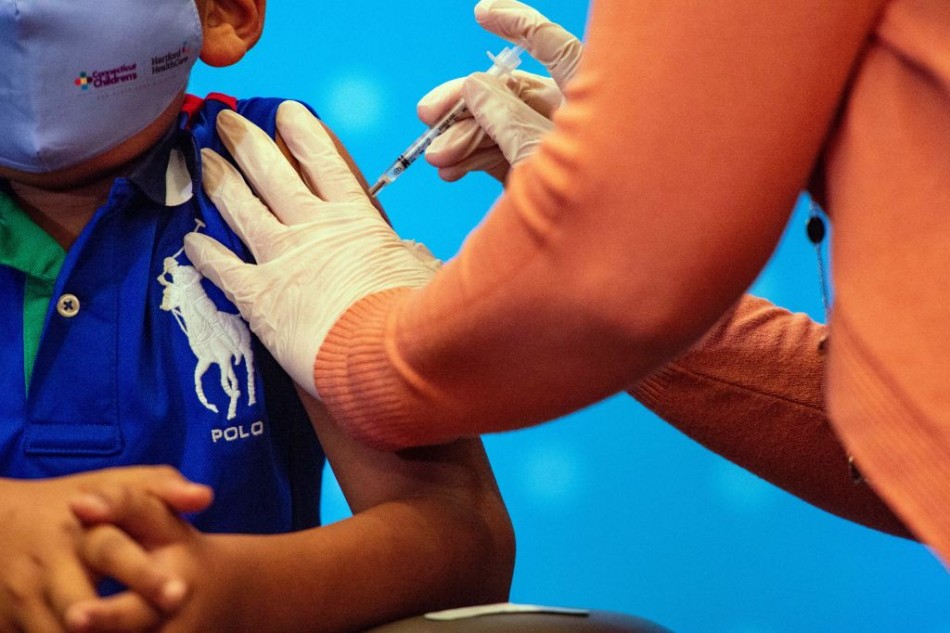Vaccination Rates Among US Kindergarten Are Falling Dangerously

The vaccination rates for kindergarteners in the U.S. are down again, reaching dangerous levels. Federal officials are launching a new campaign to bring the numbers up.
The Centers for Disease Control and Prevention (CDC) released their weekly Morbidity and Mortality Weekly Report (MMWR) Thursday, revealing that 93 percent of U.S. kindergarteners are vaccinated against measles, tetanus, and other diseases for school years 2021-2022.
The number may seem high, but the government is alarmed since this is the second time that the vaccination rate has dropped, reflecting that aside from COVID-19 pandemic factors, more and more parents are deciding not to vaccinate their kids.
The drop, unfortunately, also means that 275,000 kindergartners out there need complete vaccine protection.
Reasons for the fall
The normal vaccination rate is 94 to 95 percent. However, since school year 2020-2021, when the rate was below 94 percent, the rate has been dropping by one percent every school year.
And, as vaccination rates fall, the higher the risk for outbreaks of illnesses once thought to be behind us to rise, experts declared. These experts highlight the reported paralytic polio in New York last year and the current surge of measles cases in Minnesota and Ohio.
The reason behind the fall, CDC's immunization division director, Dr. Georgina Peacock, said, is factored by the combination of the following:
- The pandemic disrupted vaccinations for children, along with other routine health care.
- Thus, school administrators and nurses are currently finding it hard to track down which children are not up-to-date with their shots.
- Typically, public schools require vaccinations as a condition for students' enrollment and attendance. However, exemptions to this rule slightly increased last school year since schools relaxed their policies, giving a grace period for parents to give their children shots to give way for enrollment. This could be the "main driver" of the decrease in rate, per Shannon Stokley of the CDC.
But aside from all those, another dismaying reason is the parents, who are losing confidence in vaccines, Peacock added.
A poll from Kaiser Family Foundation last month revealed that parents are giving less support for school vaccine requirements than a 2019 survey.
Moreover, according to Dr. Jason Newland, a pediatric infectious diseases doctor at St. Louis Children's Hospital and vice chair for community health at Washington University, co-physicians were telling him that more and more parents are now being selective on what vaccine to give their children, which was confirmed by a CDC data that stated chickenpox vaccination rate dropped more sharply than the rate for shots against mumps, rubella, and measles.
Read Also: Measles Outbreak in Ohio, Allegedly Due to Growing Vaccine Hesitancy
Let's RISE
The CDC launched the "Let's RISE" campaign to solve this current dilemma. "RISE" is an acronym for Routine Immunizations on Schedule for Everyone.
The new campaign is said to bring back the trust in vaccination at the local and community levels.
New educational materials will be distributed to doctors, which will help them to talk to parents and families about vaccinations. There will also be information given for families who have questions about shots given to their children, ABC News reported.
The CDC reported last Thursday that the overall vaccination rates among younger kids remain stable and high, despite the decline in kids from low-income families and those living in rural areas. This is because their parents gave them the initial vaccine protection yet did not do the booster and additional shots anymore.
Related Article: CDC Data Shows Kids Ages 5 to 11 Are The Least Vaccinated Against COVID-19 in The United States
© 2024 ParentHerald.com All rights reserved. Do not reproduce without permission.
